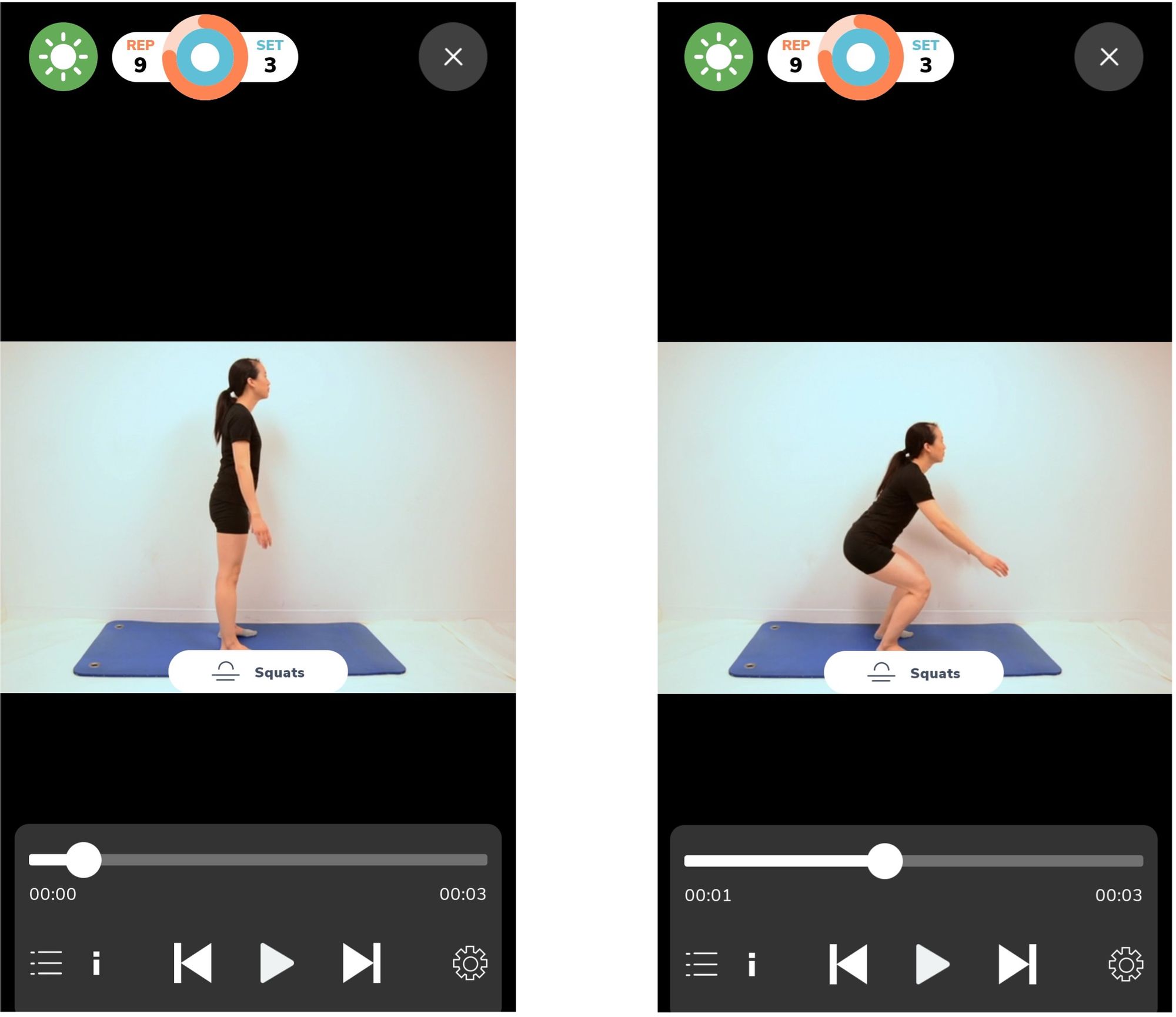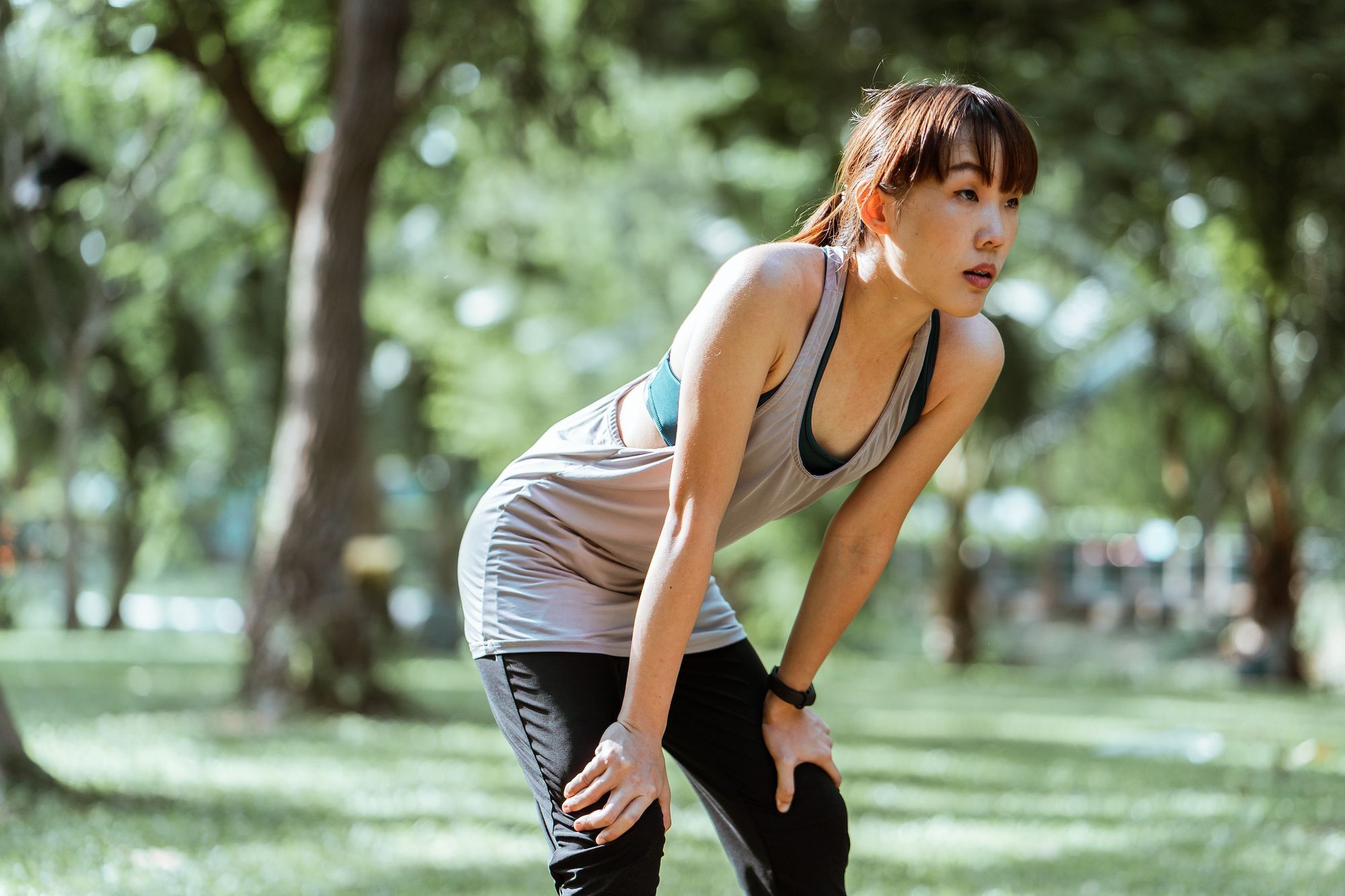Image by Ketut Subiyanto from Pexels. Why did I lose all of my muscle mass after my ACL surgery?
After ACL surgery, it can be surprising to learn how long it takes for your leg to regain size and look the same as your nonsurgical leg. Compared to the nonsurgical leg, muscle mass in the quadriceps, the large muscles on the front of your thigh, has been reported to be 20-30% smaller 3-months after surgery and 10% smaller after 1 year.[1]
Why does muscle mass matter?
First and foremost, the size of a muscle is related to its strength.[2] This doesn’t mean you need to be a bodybuilder to have adequate strength, but it does mean that if you’ve lost muscle mass it can be more difficult to do the things you used to have no problem doing. On the contrary, if you gain muscle mass, and therefore strength, you will reduce your chances of an ACL reinjury, be able to do your regular activities and also improve your athletic performance.[3]
How do you gain muscle mass?
To increase muscle mass, also known as hypertrophy, the muscle needs to be progressively loaded on a consistent basis.[1] Hypertrophy is the opposite of muscle atroph which is when a muscle gets smaller due to a lack of load on the muscle. This means that exercise must continue to get harder as you progress through an exercise program. In healthy individuals, hypertrophy normally doesn’t start to occur until 3-4 weeks into a high intensity resistance training program.[4]
The reason your muscles gain mass in response to exercise is because of your body’s ability to adapt. After exercise, you feel sore and tired. This tells your body you need more of that muscle in order to do that activity, and in response, the muscle grows. To learn more about this process, read this blog which explains why you may feel weaker after ACL surgery.
Why do people lose muscle mass after ACL surgery?
For the same reason that muscles gain mass in response to exercise, they lose mass in response to inactivity. For the first couple of weeks after ACL surgery, you will mostly be doing exercises to decrease swelling, improve range of motion, and to maintain the connection your brain has with your leg muscles, so they activate when you want them to (also known as isometric exercises). Although you will be very busy and hard at work with these exercises, you will be limited with how much activity and what types of activities you can do.
While these first couple of weeks are vital for recovery, the overall reduced load on your muscles leads to disuse muscle atrophy. This is the decrease in muscle size and strength that occurs due to a lack of normal load on the muscles.[5] This muscle atrophy is increased by the nervous system reducing the input signal to your leg muscles after surgery.[6] Disuse muscle atrophy is initially why you lose muscle mass in your operated leg after ACL surgery, which is completely normal. But, there are additional reasons why it takes so long to gain that muscle back after ACL surgery. If you read other blogs and research about this you may hear disuse muscle atrophy referred to simply as atrophy or muscle atrophy.
Why does it take longer than normal to regain muscle mass after ACL surgery?
It can take over a year to regain all of the muscle mass in your leg after ACL surgery. There are several reasons as to why this takes so long.
First of all, you’re starting at a disadvantage when trying to gain muscle back after ACL surgery compared to if you hadn’t had surgery at all. In addition to the 3-4 weeks it takes to gain muscle through exercise, you will need to gain back the muscle you’ve already lost due to disuse. To learn more about your ACL recovery timeline read this blog.
Secondly, due to the traumatic nature of an ACL injury, there are additional cellular and neurological mechanisms that further decrease muscle size and make your muscles more resistant to the effect of exercise.[7] This means it will be even more difficult to regain muscle size through traditional exercise.[7] This is why it is vital to have an evidenced-based exercise protocol or rehbailitaiton plan following ACL surgery to ensure you’re doing everything you can to regain the muscle mass that was lost.
Lastly, as you progress through rehab, the difficulty of exercises must increase. The complexity of these exercises are limited by the strength of the ACL graft. The ACL graft is weakest from 1-3 months and continues to increase in strength up to a year after ACL surgery. This means that sport-specific or dynamic exercises should not begin until around 6 months and return to sport should not begin until a minimum of 9 months.[8,9] Since exercise needs to continue to get harder to build muscle mass, waiting for the ACL graft to strengthen could be contributing to how long it takes to gain muscle back after ACL surgery.
What can be done about gaining muscle mass back after ACL surgery?
To increase muscle mass following ACL surgery, it’s important to implement an early, progressive eccentric strengthening program.[1] These are exercises where you slowly control movement during the lengthening portion of muscle contraction (see the picutre below from the Curovate App). For example, during a squat, this would be the portion going down into the squat. Including these exercises in your rehab program has been shown to significantly improve muscle mass. The size of your operated leg will see twice as much progress at the 4 month point and 50% more progress at the 1 year point, compared to conventional exercise.[1]

Why does it matter that I regain muscle mass following ACL surgery?
If you are diligent and consistent with following your rehab plan, you will regain muscle mass and increase your strength.[1] Most importantly, this will significantly decrease the chances of re-injuring your ACL.[3] Additionally, increases in muscle mass and strength will improve both your athletic performance and make everyday activities easier.[3] Lastly, you will no longer look down at your legs and wonder, ‘why did I lose all of my muscle after my ACL surgery?’ - because you’ve gained it all back!
Conclusion
It’s normal to lose muscle in your leg after ACL surgery. Just like your muscles grow with exercise, they decrease in size after surgery from disuse. Due to the initial decrease in size of the muscle, the traumatic nature of an ACL injury, and how long it takes for the ACL graft to strengthen, it can take longer to gain back the muscle lost after ACL surgery. This is why it is so important to start a progressive rehabilitation program early to gain that muscle back.
With so many opinions and exercises online, it can be difficult to know if you’re following the right exercise program. Using our mobile app, Curovate, you can be sure you’re following the most evidence based exercise program to ensure you regain muscle mass following ACL surgery. Curovate also makes it easy to know when to progress your exercises through using a staged exercise approach. Once you can complete everything in one stage for 7 days in a row, you know you are safe and ready to progress to the next stage. We have also created a simple video that explains how to know which stage you should start your recovery in the Curovate app. Remember to follow the advice by your healthcare providers as you progress with your ACL rehabilitation. If you need further customized assistance during your ACL recovery check out our Virtual Physical Therapy page to book your 1-on-1 video session with a physical therapist.
 |
 |
|---|
Other Blogs Related to ACL Surgery and Rehabilitation
- Why do I feel weak after surgery?
- How to become more consistent with your exercise program using curovate
- ACL recovery timeline
- Is my ACL graft weaker than my original ACL or is my ACL graft stronger than my original ACL?
- When can I return to sport after ACL injury or surgery?
- Is there a difference in what I need to do if I had a quad tendon graft compared to a patellar tendon graft for my ACL reconstruction?
References







